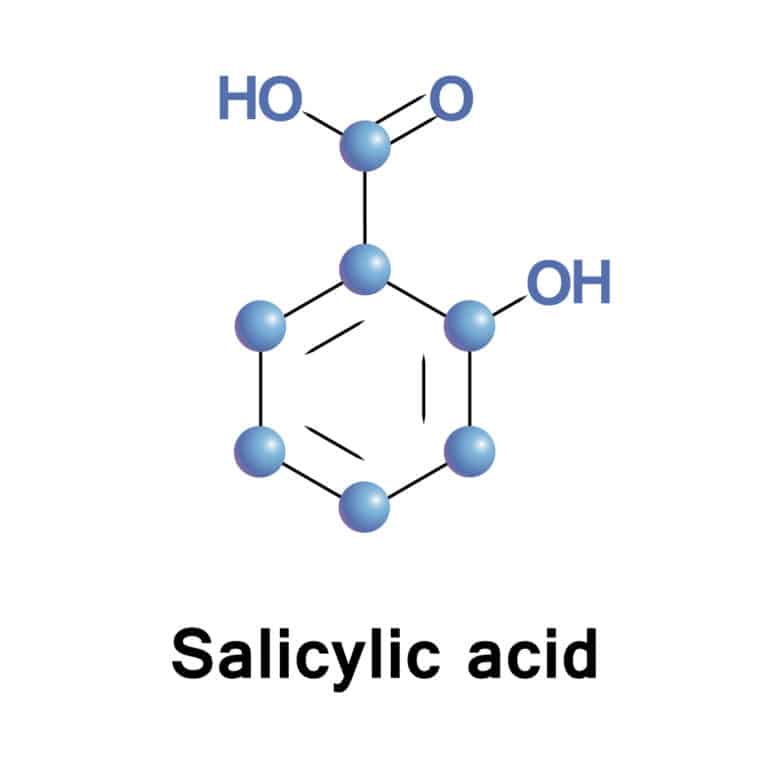Chemical peelings

Chemical peelings are great to refine skin’s surface visibly. Contrary to many rumours, they are gentler to skin than conventional mechanical peelings which use tiny abrasive granules. However, the chemical peeling has to be applied carefully and it must be of best quality.
How do chemical peelings work and which particularities have to be observed?
How do chemical peelings work?
Highly active fruit acids remove a part of the upper skin layer and simultaneously stimulate the collagen production in the deeper skin layers. A as result, superficial wrinkles are diminished and the size of pores is refined. These two effects suffice to improve the appearance of skin significantly. However, chemical peelings do much more. They even out irregular pigmentation and hinder the growth of microbes and bacteria responsible of impurities, pimples and acne. The complexion looks younger, refreshed and more even; skin’s elasticity increases while impurities and dark spots are reduced.
Chemical peelings carried out by a skilled cosmetician or a dermatologist are risk-free and without side effects. Caution is advisable to the do-it-yourself procedure. If the concentration of the fruit acid is too high or if it is left on skin too long, skin could be damaged by cauterization and scars in the worst case.
Are chemical peelings for all skins?
Persons with sensitive skin should consult a dermatologist to clarify whether chemical peelings are recommendable. A specialist can adjust the concentration and the application time to the individual skin type to prevent any side effects of the peeling. Particularly sensitive areas of the face are excluded from the peeling.
Skin affected by couperose should not be treated with chemical peelings. The fruit acid stimulates the blood circulation in the skin and consequently redness would aggravate.
Persons taking vitamin A preparations should not use chemical peelings. That also applies to antibiotics. The dermatologist has to be informed of the consumption of antibiotics.
What is the best time for chemical peelings?
Winter is best because of less and weaker sunshine. In summer, it is important strictly to avoid direct sun exposure and not to go on holiday in the south or the mountains shortly after the peeling. If a peeling is done in summer, afterwards the daily use of a UV blocker is obligatory.
Important rules of thumb for chemical peelings
Those who think to be capable of do-it-yourself chemical peelings should not forget to heed some rules. Start with the lowest concentration; it can be increased gradually, provided there are no undesired side effects. Daily use makes sense only if the skin tolerates it. If it reacts with redness or burning, a break between the applications is advisable. Chemical peelings preferably should be done in the evening to allow the skin to rest and to regenerate in the night. Most important: Only skin that is free of injuries is ready to be peeled!
Which peeling is recommended for which skin type?
There are several chemical peelings differing by special properties.
AHA peelings:
AHA is the abbreviation of alpha hydroxy acid, in general glycolic acid (fruit acid), mandelic acid or lactic acid. The usual concentration is 5.0 to 10.0 per cent. These chemical peelings are best for dehydrated and dry skin and are regarded as being well tolerable and gentle. Nevertheless they are really thorough and effective. Glycolic acid is perfect for flaky, sun- damaged skin and skin affected by plugged blackheads.
BHA peelings:
BHA means beta hydroxy acid, in most cases salicylic acid. This type of peeling is recommendable for oily skin because the acid has anti-inflammatory and lipophilic effects and reduces the growth of hair follicle mites. In cases of slight rosacea, this type of peeling is beneficial. Caution: Persons with intolerance against acetylsalicylic acid should avoid chemical BHA peelings!
LHA peelings:
LHA (lipo hydroxy acid) is rather new and even more lipophilic than salicylic acid. LHA has excellent antibacterial and anti-inflammatory effects while being very gentle and mild to skin and ideal for oily, sensitivity-prone skin when used as a peeling substance.
PHA peelings:
PHA peelings use lactobionic acid. They surpass AHA peeling in gentleness and are great moisturizers, with antioxidative and hydrophilic properties. A soft solution for dry, sun-stressed and flaky skin.
Portrait: Glycolic acid
CAS number: 79-14-1
Melting point: 76 to 80 degrees Celsius
Boiling point: 100 degrees Celsius (decomposition)
Effect: Is active in the deeper skin layers, boosts cell regeneration, increases skin’s elasticity.
Portrait: Salicylic acid
CAS number: 69-72-7
Effect: keratolytic and comedolytic, inhibits development of inflammations.
Melting point: 159 degrees Celsius
Boiling point: 211 degrees Celsius
Portrait: Mandelic acid
Alternative term: alpha hydroxy phenyl acetic acid
CAS number: 90-64-2
Melting point: 119 degrees Celsius
Effect: bactericidal or bacteriostatic, hydrophilic
Portrait: Lactic acid
CAS number: 50-21-5
Alternative term: 2-hydroxy propionic acid
Effect: increases ceramide quantity, improves moisture content.
Chemical peelings: acids to fine-tune skin refinement
Chemical peelings are far away from harmful chemical bombs. Applied properly and carefully, they offer a safe, gentle and efficient approach to improve the appearance of skin. It is essential to adjust the acids to the individual skin type to achieve best results. Handling of the acids has to be in accordance with specific rules. With this in mind, side effects will be rather improbable. Cosmacon will give you competent advice on this subject and support in developing need-based and leading-edge solutions for chemical peelings.